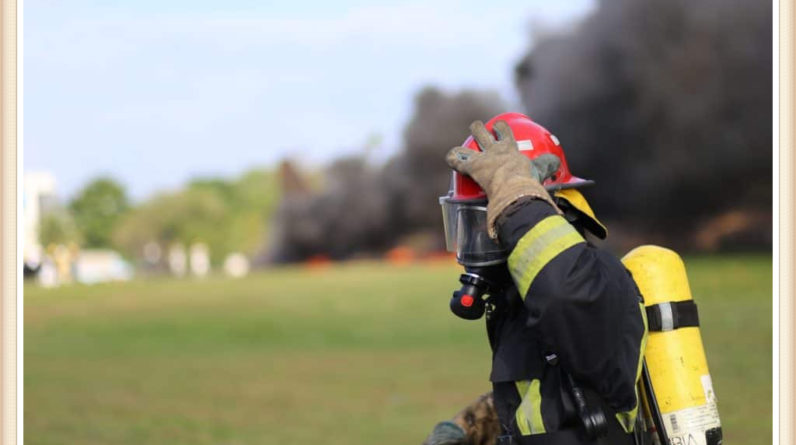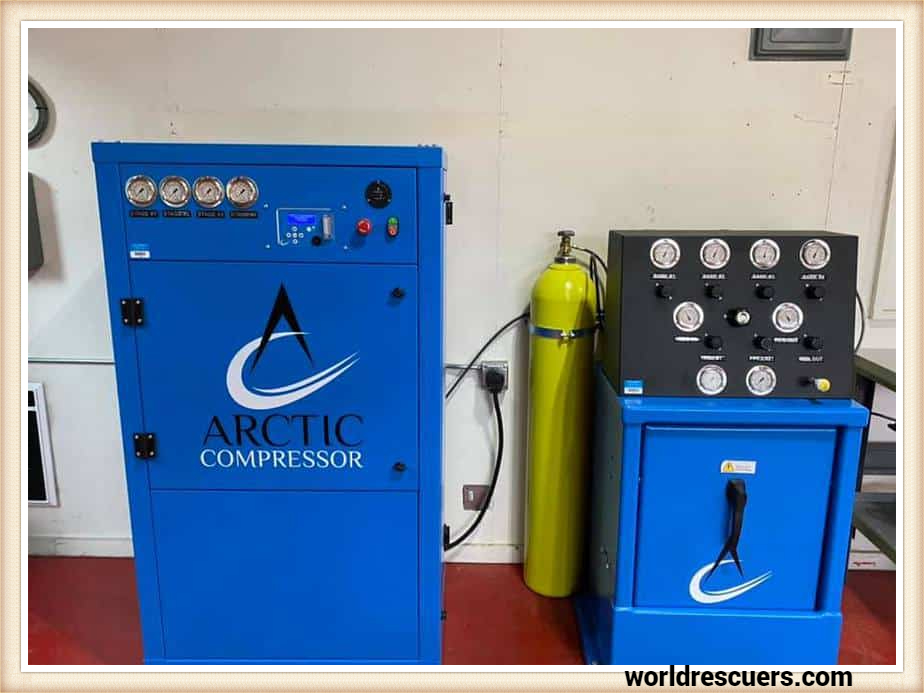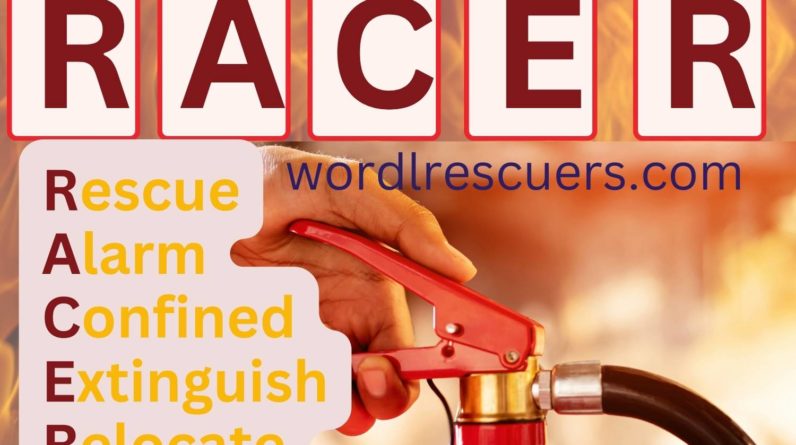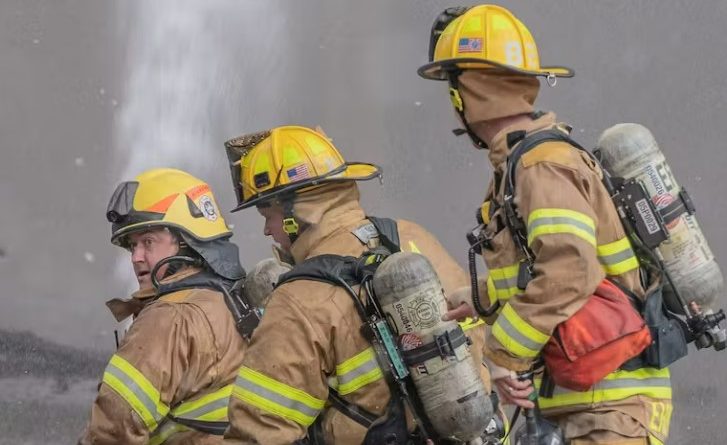
Summary
Rescuer comfort directly impacts their performance. Modern breathing air systems are designed with ergonomic considerations, enabling rescuers to work efficiently.

In conclusion, breathing air systems are indispensable tools in rescue operations, providing a lifeline in hazardous environments. Their continuous supply of clean and safe air enables rescuers to carry out their duties effectively, while also prioritizing their safety. By embracing technological advancements and proper training, the efficacy of these systems continues to improve, further enhancing the success of rescue missions.
Understanding Breathing Air Systems
Breathing air systems are specialized equipment designed to supply clean and breathable air to individuals operating in environments where the natural air quality is compromised. In rescue operations, these systems play a critical role in ensuring the safety and well-being of both rescuers and victims.
The Role of Breathing Air Systems in Rescue Operations
In rescue operations, where scenarios such as confined spaces, toxic fumes, and low-oxygen environments are common, traditional methods of breathing are inadequate. Breathing air systems step in to bridge this gap, providing a continuous flow of breathable air, and enabling rescuers to work effectively in hazardous conditions.
Components of a Breathing Air System
A typical breathing air system comprises several key components, each contributing to the overall functionality and reliability of the system.
Air Compressors
Air compressors are responsible for drawing in ambient air and compressing it to a level suitable for respiration. These compressors ensure a steady supply of air to the system.
Filtration Systems
Filtration systems play a crucial role in removing contaminants, particles, and impurities from the incoming air. This ensures that the air delivered to the user is of high quality and free from harmful substances.
Breathing Apparatus
The breathing apparatus, worn by the user, delivers filtered and compressed air directly to the respiratory system. It is designed for comfort, ease of use, and optimal functionality.
Types of Breathing Air Systems
Breathing air systems can be categorized into two main types: open-circuit systems and closed-circuit systems.
Open-Circuit Systems
Open-circuit systems release exhaled air into the environment. These systems are effective and simple to use, making them suitable for various rescue scenarios.
Closed-Circuit Systems
Closed-circuit systems, on the other hand, recycle exhaled air by removing carbon dioxide and replenishing it with oxygen. These systems are ideal for situations with limited air supply.
Importance of Clean and Safe Air
Clean and safe air is paramount in rescue operations for several reasons.
Mitigating Respiratory Hazards
Rescue environments often contain airborne toxins and hazardous particles. Breathing air systems protect rescuers from inhaling these substances, preventing short-term and long-term health risks.
Preventing Contaminant Inhalation
In scenarios such as fires or chemical leaks, the air quality is compromised. Breathing air systems ensure that rescuers are shielded from inhaling potentially harmful substances.
Utilizing Breathing Air Systems in Rescue Operations
Breathing air systems find application in various rescue scenarios.
Confined Space Rescues
Confined spaces pose a unique challenge, with limited ventilation and potential hazards. Breathing air systems enable rescuers to enter such spaces safely and perform necessary tasks.
Firefighting Scenarios
Smoke-filled environments during firefighting operations can be life-threatening. Breathing air systems allow firefighters to breathe freely while combating blazes.
Hazmat Incidents
When dealing with hazardous materials, the risk of exposure is high. Breathing air systems safeguard responders by providing a barrier against toxic substances.
Training and Maintenance
Proper training in using breathing air systems is essential for effective and safe operation. Routine maintenance checks ensure that the equipment is in optimal condition when needed.
Advancements in Breathing Air System Technology
Technological innovations have led to significant improvements in breathing air systems.
Enhanced Filtration Methods
Advanced filtration techniques efficiently remove contaminants, ensuring the air supplied remains clean and safe.
Real-time Air Quality Monitoring
Some modern systems incorporate real-time air quality monitoring, alerting users to any deterioration in air quality.
Challenges Faced and Solutions
Breathing air systems come with their own set of challenges.
Limited Air Supply
In situations with a finite air supply, efficient system management, and rescue coordination are crucial.
Communication Barriers
Wearing breathing apparatus can impede verbal communication. Rescuers must rely on non-verbal cues and established protocols.
How Firefighters, SCUBA Divers, and HAZMAT Teams Utilize Breathing Air Systems
Breathing air systems play a crucial role in various high-risk professions, enabling professionals like firefighters, SCUBA divers, and HAZMAT teams to operate safely in hazardous environments. These specialized systems provide a continuous supply of clean and breathable air, ensuring that individuals can perform their duties effectively while minimizing the risks associated with inhaling toxic substances. Let’s delve into how these different groups utilize breathing air systems to carry out their demanding tasks.
Firefighters: Tackling Smoke and Flames
Firefighters are often the first responders to blazing infernos, where smoke, heat, and toxic gases pose life-threatening hazards. Breathing air systems are essential tools that enable firefighters to breathe comfortably and protect themselves as they battle the flames.
When entering a smoke-filled building, firefighters wear self-contained breathing apparatus (SCBA). This apparatus consists of a mask, a compressed air tank, and a regulator. The SCBA delivers purified air directly to the firefighter’s lungs, creating a barrier against harmful smoke and toxins. This allows firefighters to navigate through the dense smoke, locate victims, and extinguish fires effectively.
The SCBA’s air tank has a limited capacity, so firefighters must manage their air supply carefully. Proper training ensures that firefighters know how to conserve their air and exit dangerous situations before their supply runs low.
SCUBA Divers: Exploring the Underwater Realm
SCUBA divers explore the underwater world, encountering unique challenges such as pressure, limited visibility, and the need for a continuous air supply. Breathing air systems are vital for ensuring the safety and success of underwater missions.

SCUBA divers use closed-circuit breathing air systems, also known as rebreathers. These systems recycle exhaled air, removing carbon dioxide and replenishing oxygen. This closed-loop process extends the duration of a diver’s air supply and reduces the frequency of tank refills.
Rebreathers are especially valuable for deep dives and lengthy underwater operations, where frequent resurfacing for air would be impractical. By utilizing breathing air systems, SCUBA divers can explore underwater environments with greater freedom and efficiency, all while minimizing the risk of gas toxicity and decompression sickness.
HAZMAT Teams: Navigating Hazardous Substances
HAZMAT (hazardous materials) teams are tasked with responding to incidents involving dangerous chemicals, toxins, and pollutants. These teams require specialized equipment, including breathing air systems, to ensure their safety while handling hazardous substances.
HAZMAT responders wear encapsulated suits that provide a barrier between them and the hazardous materials. These suits are equipped with integrated SCBA units, which supply filtered and purified air to the wearer. This prevents the inhalation of toxic fumes and ensures that HAZMAT teams can assess and manage hazardous situations effectively.
In scenarios where the risk of contamination is high, HAZMAT teams rely on positive pressure suits. These suits maintain a higher pressure within the suit than in the surrounding environment, preventing the entry of harmful substances. Breathing air systems play a pivotal role in maintaining a safe and breathable atmosphere within these suits.
FAQs
What is the breathing air distribution system?
The breathing air distribution system is a network of pipes and valves that delivers purified and breathable air from a central source to users, such as firefighters or divers, ensuring a constant supply of clean air in hazardous environments.
What is the difference between compressed air and breathing air?
While both compressed air and breathing air are forms of air under pressure, they serve vastly different purposes. Compressed air is suitable for mechanical applications while breathing air is a lifeline in critical situations. Understanding their distinctions is essential to ensuring the safety and well-being of individuals working in various industries.
Can you use an air compressor for breathing air?
Using an air compressor for breathing air is not recommended, as it can introduce contaminants and impurities that are unsafe for inhalation. Breathing air requires specialized purification to ensure safety.
What can breathing air be supplied by?
Breathing air can be safely supplied by dedicated systems that employ advanced purification techniques, ensuring the removal of contaminants and maintaining optimal air quality for human inhalation.
Highly trained Assistant Fire Chief dedicated to public safety and awareness for the past 16 years. Effective leader who remains steady during times of emergency, while directing and motivating team members throughout crises.






